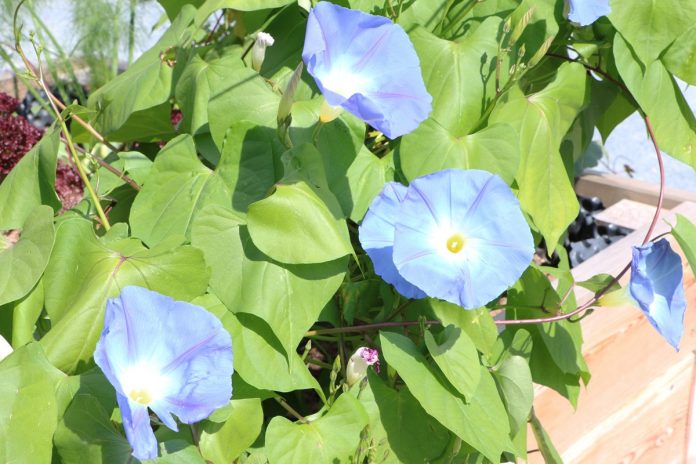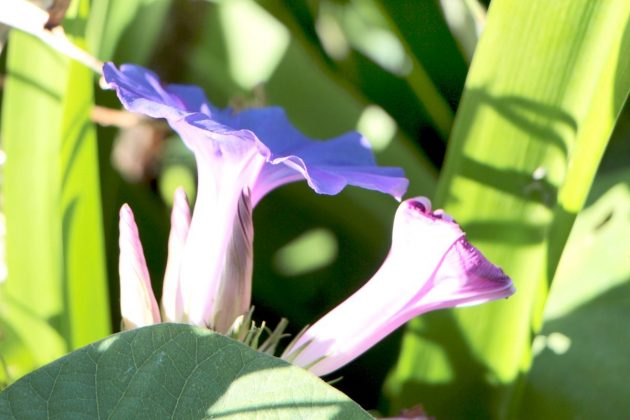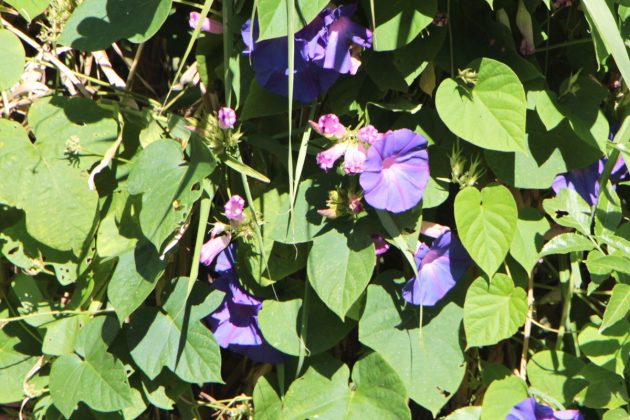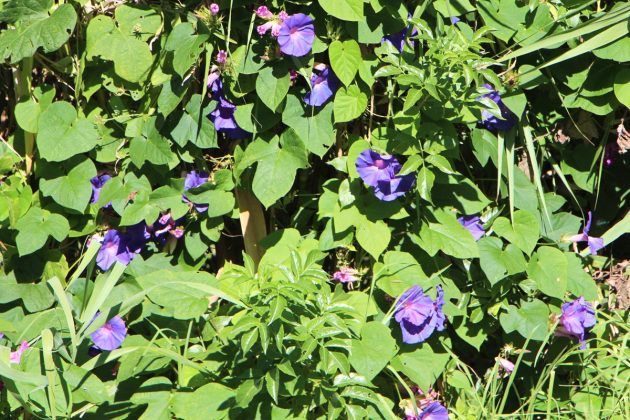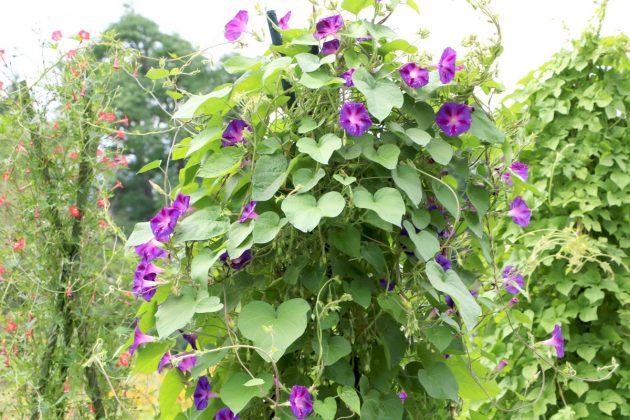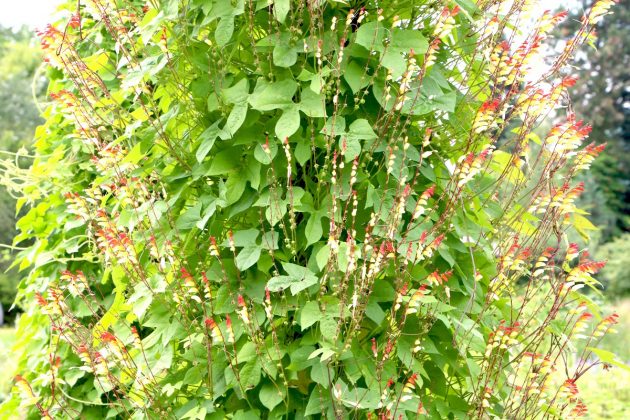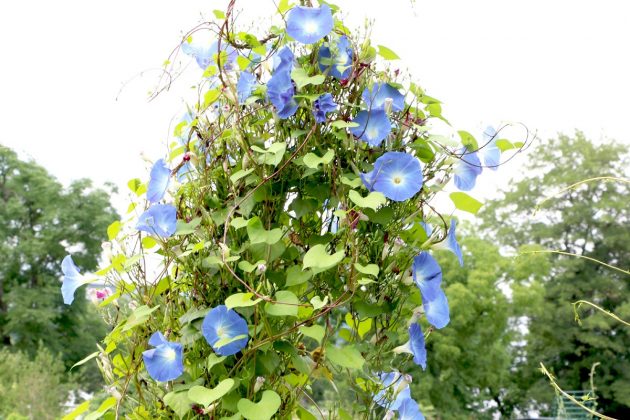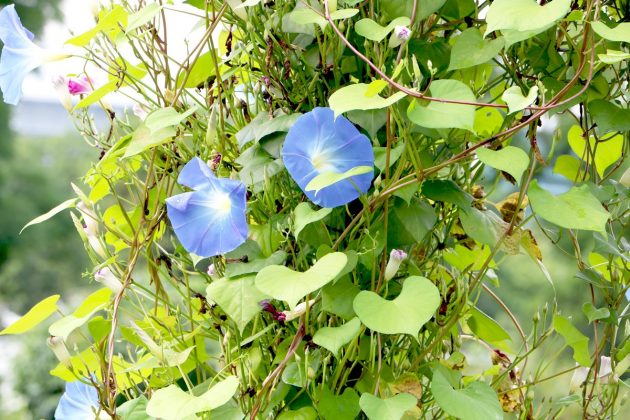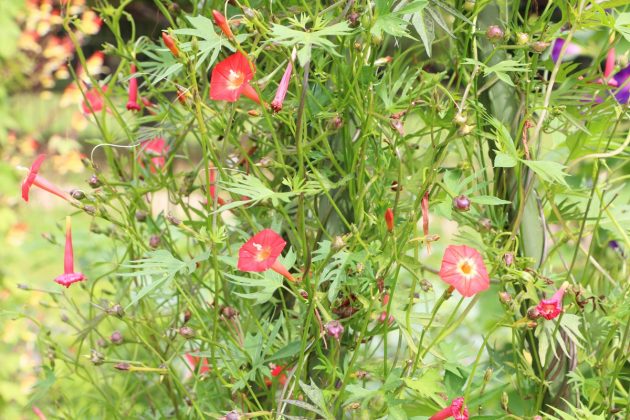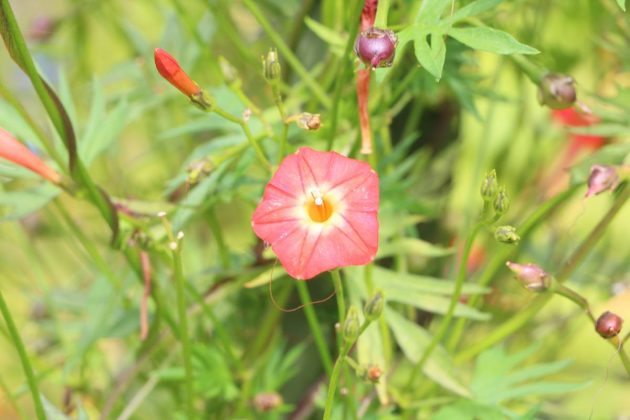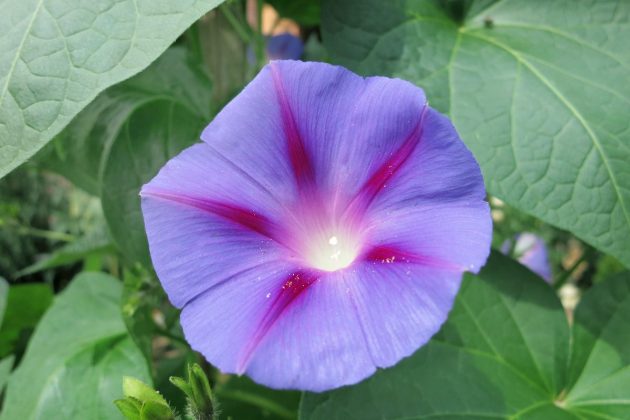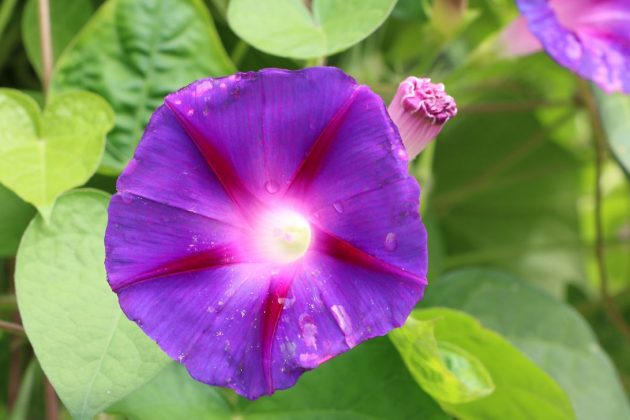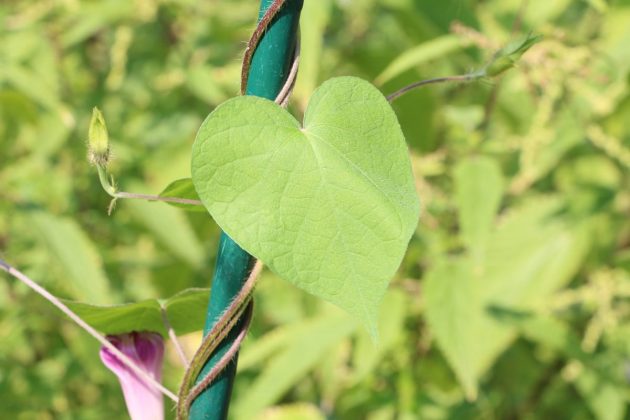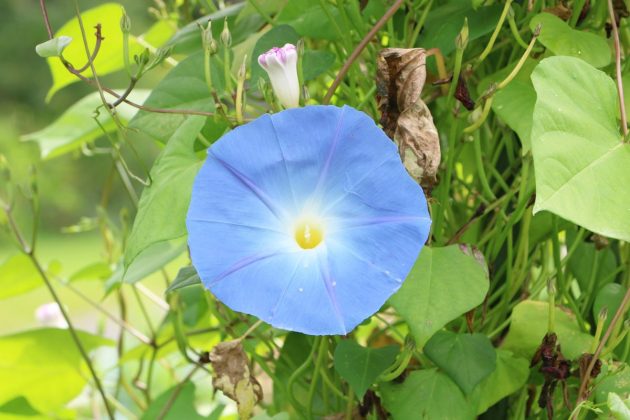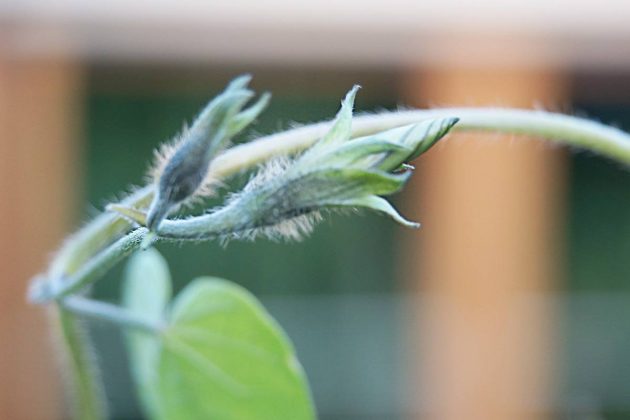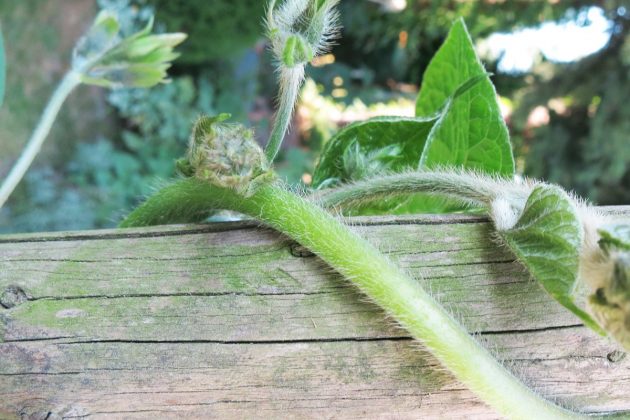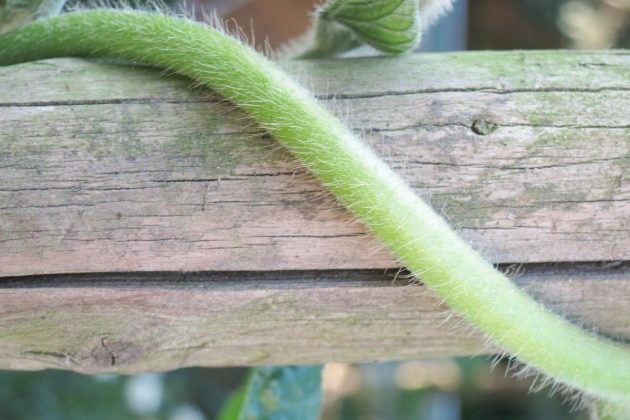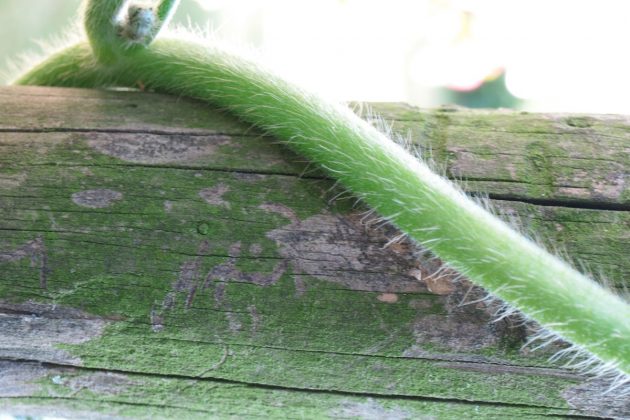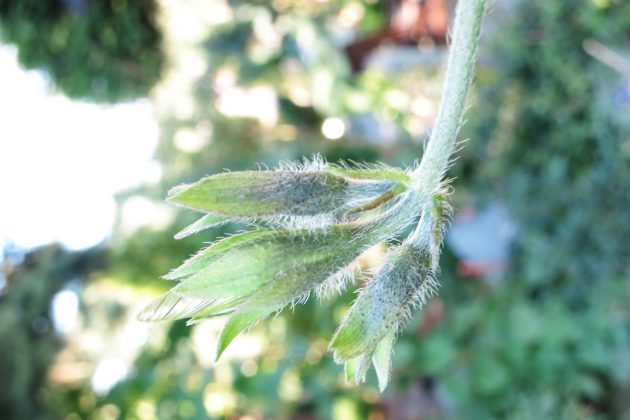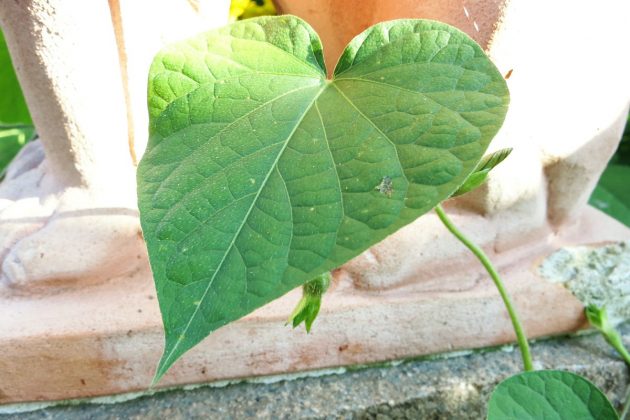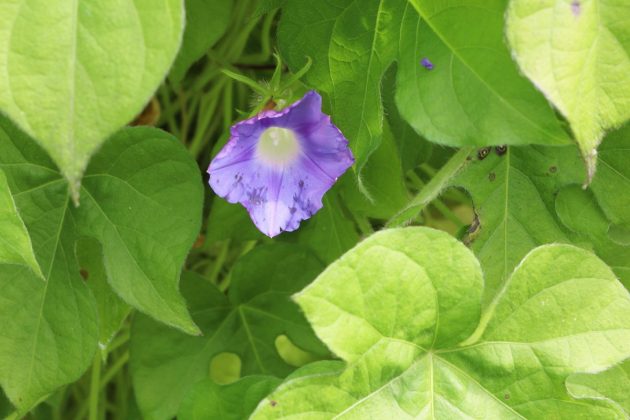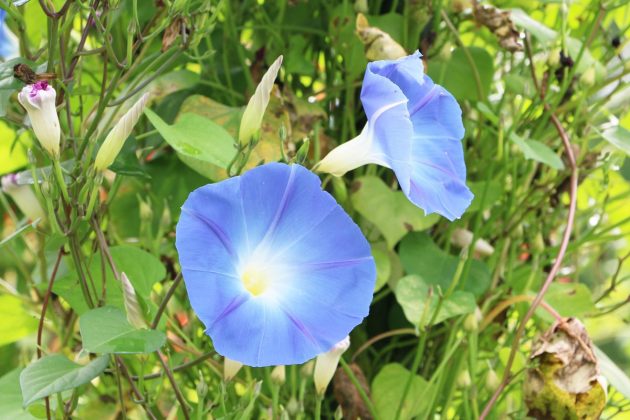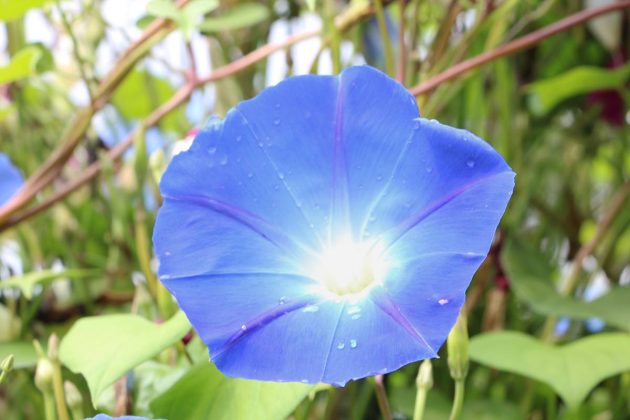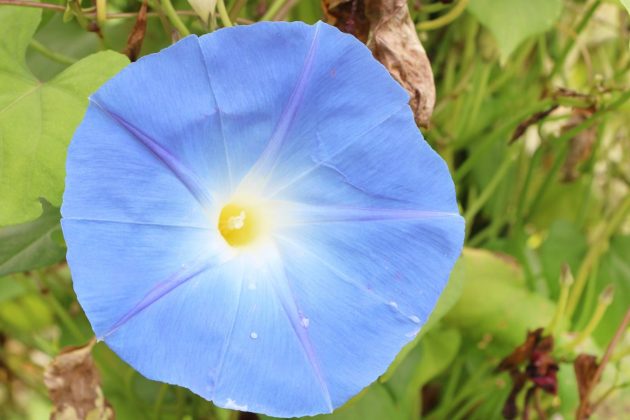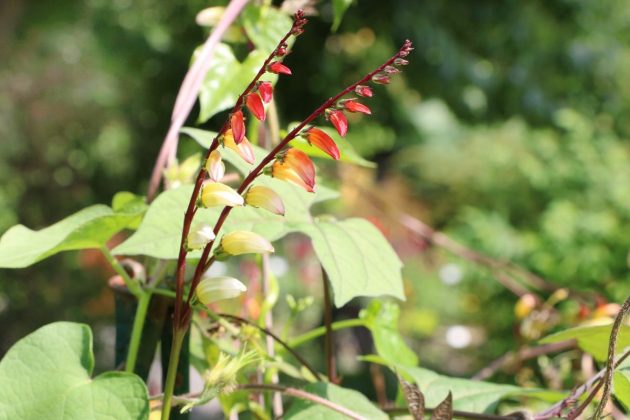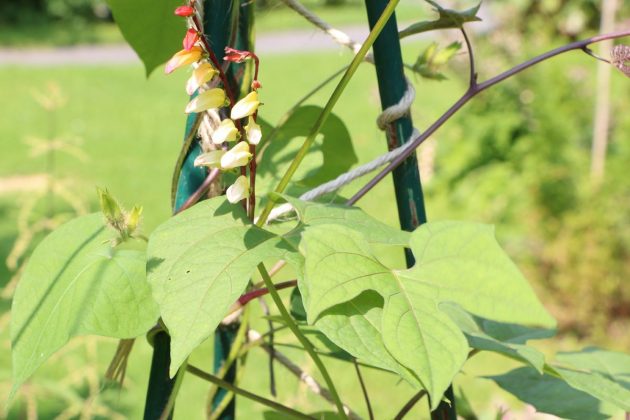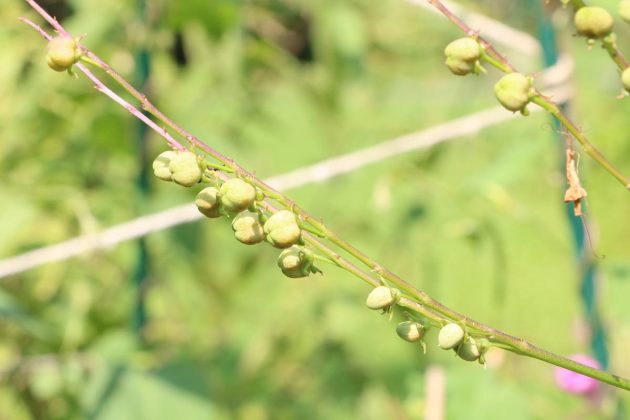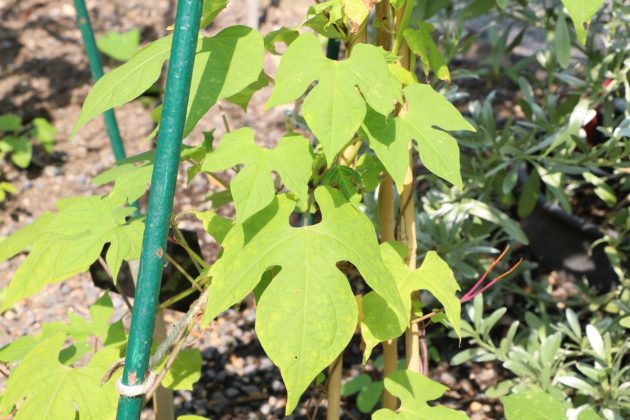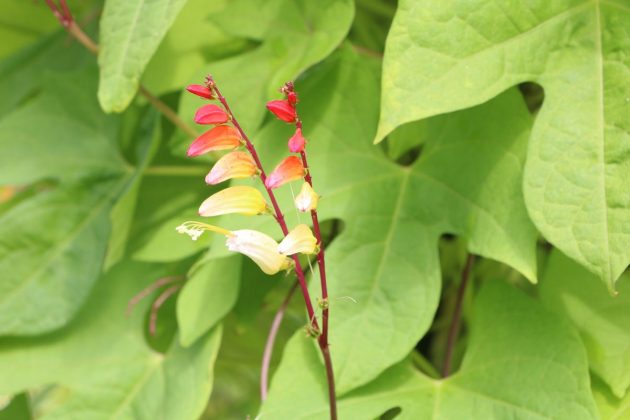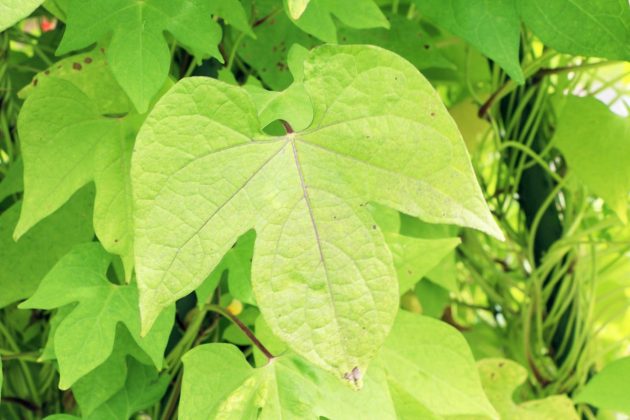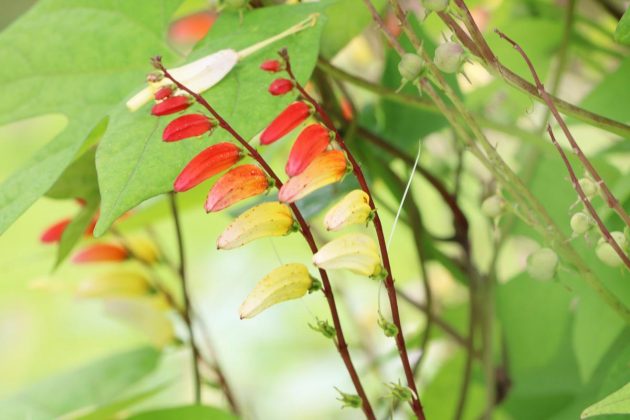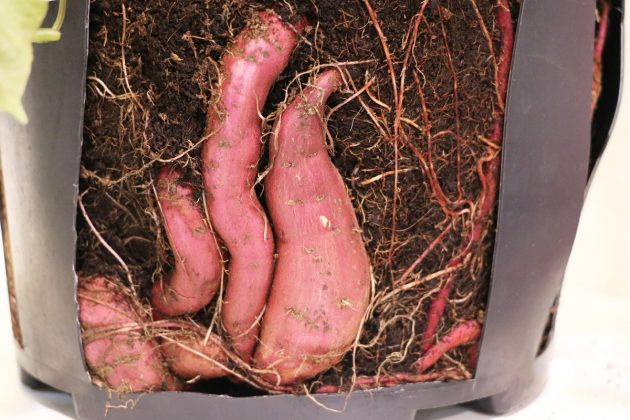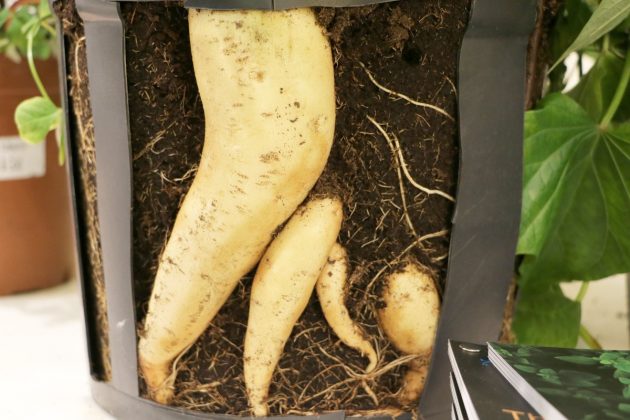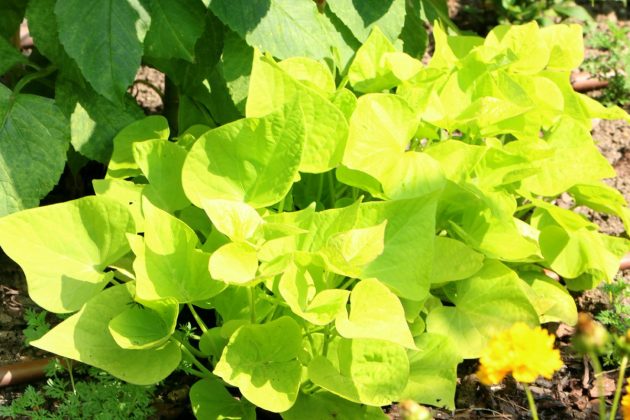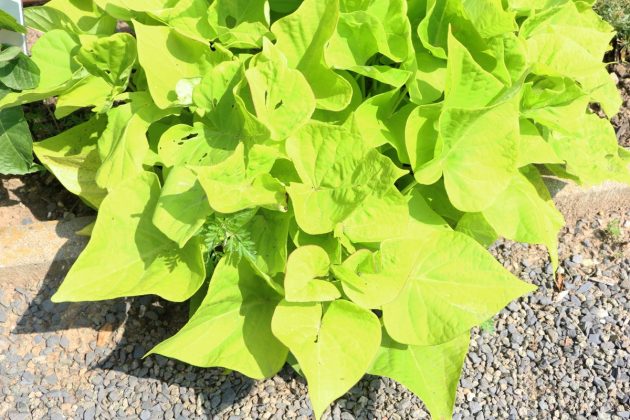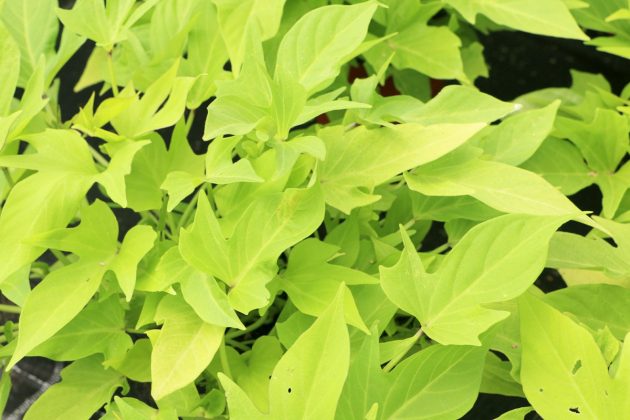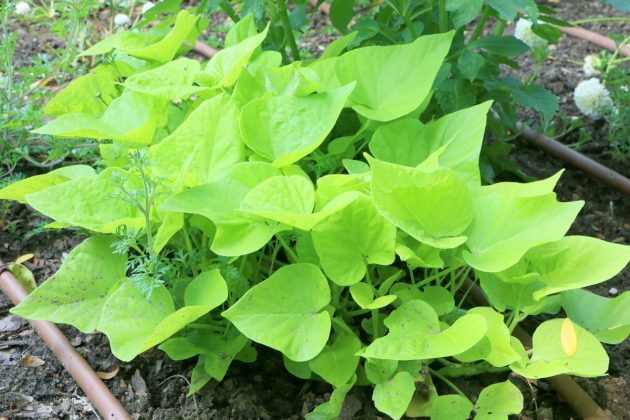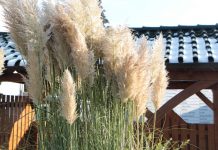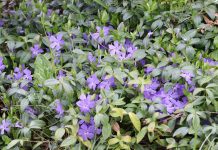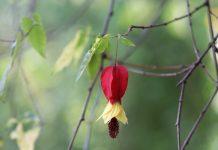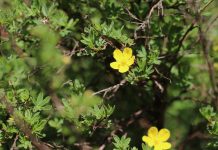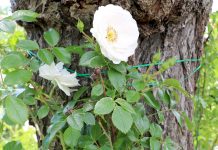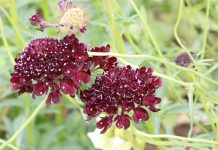The morning glory presents its ravishing blossoms throughout the summer. As busy creeping plants, the tropic Ipomoea varieties are offering us an abundance of creative scenarios which transform the flower bed, the facades and the balcony into a heavenly flower paradise. The morning glory does however, even though it is being declared as frugal and low maintenance, not thrive without the proper gardener’s care. This care instruction delivers a hands on guide of which things to keep an eye on when taking care of the picturesque climbing master.
Plant Profile
Contents
- Plant family: Convolvulaceae
- Species Ipomoea
- other names: Funnel winds, empress winds
- 3 Subgenera with more than 650 varieties
- herbaceous with wooden creeping plants
- colorful funnel plants with a diameter bigger than 20 cm
- sepals which are bristly or fine haired
- flowering period from June until first frost
- decorative leaves with manifold forms
- has its origins in the tropics, sub tropics and rarely around the Mediterranean
- length of the vines up to 400 cm
- Minimum temperature: 10 degrees Celsius
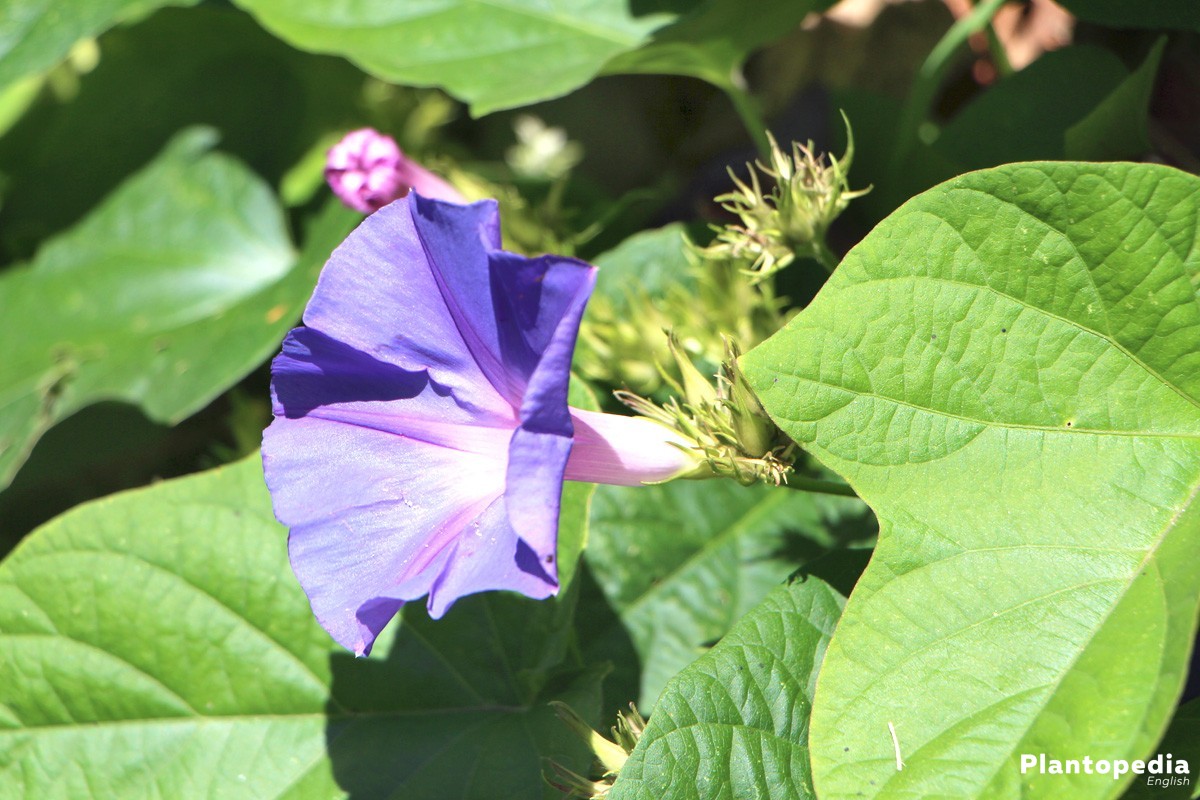
It floods the summer garden with big funnel blossoms, which sit enthroned on beautiful blossoms. No one can escape the magic being emitted by the climbing ipomoea. The marvelous ipomoea varieties are a reliable partner whenever one wants to grass bleak facades or decorate simple fences with colorful blossoms or transform sunny balconies into a scenic retreat.
Care
Immigrated from tropical regions of this planet, the ipomoea are starting to freeze at mild 10 degrees Celsius. Because of this, they only cheer us up for one season. The care instruction profoundly elucidates, how the colorful morning glory will keep you happy.
The diverse species of the ipomoea is not limited on ornamental plants. The most widely known variety of the crop is the sweet potato (Ipomoea batatas) which is part of a slew of daily meals in both the United States and China.
Cultivation
The outside season starts for the ipomoeas due to its significant frost sensitivity the earliest at the start of May. At this point in time, direct seeding is theoretically possible. The tropic creeping plant will however grow with a significant growth advantage it the cultivation starts in March by seeding behind glass.
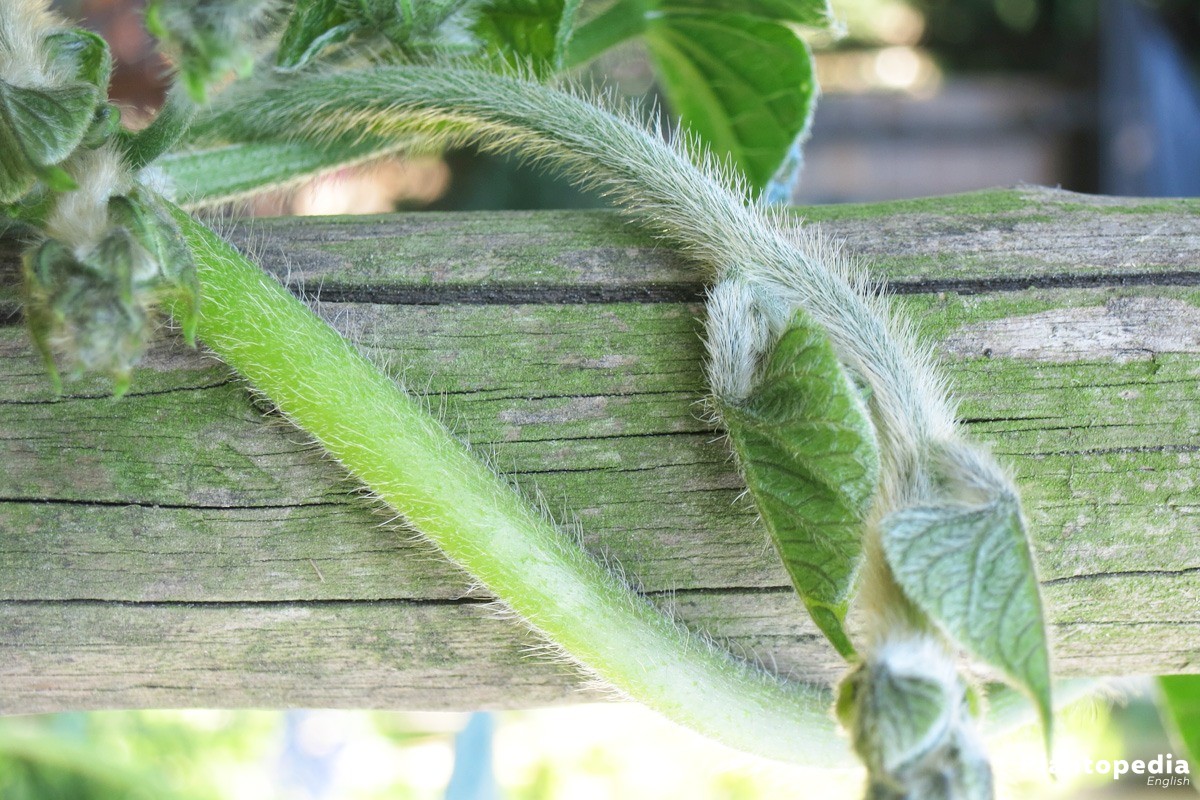
As the seedlings react very sensitively on pricking, the seeds are being seeded out in plastic pots or peat press pots. A heated indoor greenhouse or a heated mat guarantee the necessary germination temperature of at least 20 degrees Celsius. As a substrate, one can use ordinary planting soil or a mixture out of sand and potting soil. It is highly recommended to sterilize the cultivation soil in an oven with 150 degrees for 20 – 30 minutes.
This is how the seeding in straight lines is done:
- fill propagators with seeding soil and moisten with soft water
- press two to three seeds into moist soil with a depth of at most 0,5 cm deep in every pot
- keep it constantly moist at a half shady spot with a temperature between 20 to 25 degrees Celsius
If no indoor greenhouse is available, place a transparent hood over the pot. The micro climate which is being produced by this further encourages the seeds to germinate. Daily ventilation prevents the creation of mold. As soon as the first germination leaves show, the cover can be removed and the temperature reduced to 16 to 18 degrees Celsius.
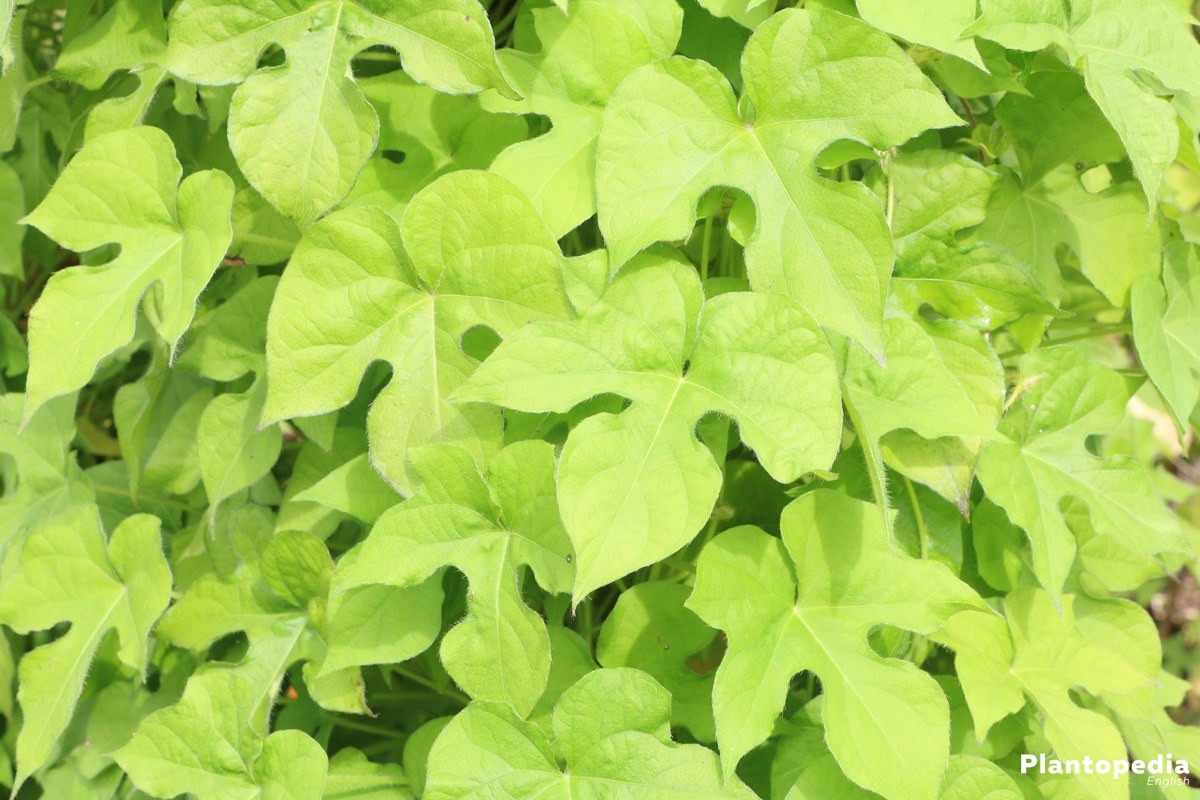
Please fixate growing seedlings onto little plant sticks as first climbing aids. Until the middle of May, regularly water with room temperature water. Do not fertilize in this stage.
Location
The morning glory has not learned to defy the rough spring climate, the earliest time window for planting outside is the middle of May. Empress winds in the bucket or balcony baskets are taking their spots in April, in order to spend their time during the night until after the frost holies behind glass. Choose a location with the following characteristics.
- full sun to off-sun location
- keep sheltered from warmth, wind and rain
- nutrient-rich, rich in humus soil with a neutral to low alkaline pH-value
- if desired, fresh-moist with a good drainage
Substrate
High quality potting soil low in peat has proven effective for cultivation in the basket, flower bucket or hanging basket. In order to improve permeability, add some sand, perlite or lava granulate.
Planting in a bed
The morning glory acts as a great ground cover with ravishing blossoms. If the creeping plant gets the aid of a trellis, it lets simple garden fences, sad facades, rotten sheds and dreary water pipes disappear under its colorful blossoms. A meticulous preparation of the soil jump starts the growth from the start.
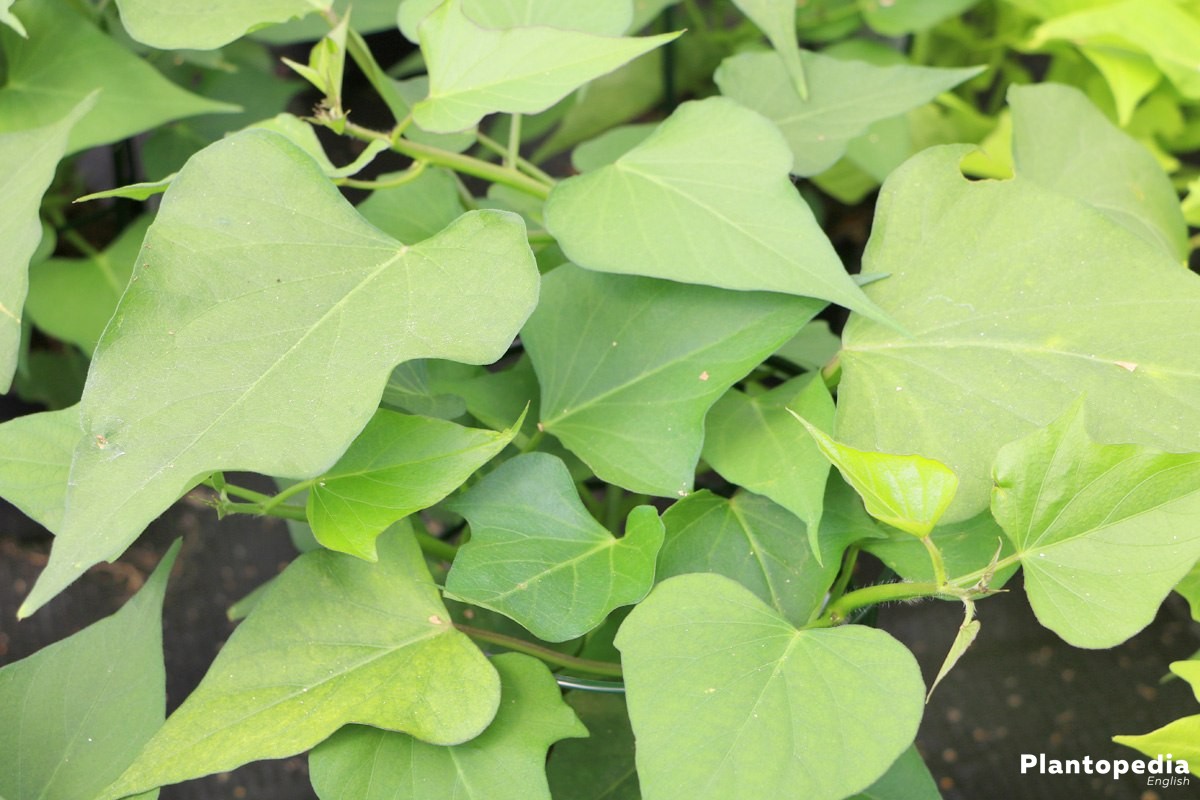
This is how you properly plant Ipomoeas:
- meticulously rake and take care of the soil at the desired location
- install pergolas, fences and downpipes trellis pipes or any similar climbing aids on the facades
- soak the stuffed root bales in water until no bubbles rise
- dig up holes with a 1,5 volume of the root bale and a distance of 30 – 50 cm
- add sieved compost with horn shavings into the hole
Plant the filled up ipomoea as deep, so that the soil reaches onto the lower leaf pair. A light inclination toward the trellis directs the morning glories into the desired growth direction. Ground cover should planted evenly into the ground. Please press the earth tight and water generously.
Plant in a bucket and a box
The one year old morning glories with its thriving blossoms are stealing classical shrubs the show on a summer balcony. In order for the exotic plants to fulfill all expectations in baskets and pots, the protection against soil wetness should be paramount. Please merely use planting vessels which are equipped with one or more bottom openings in order for surplus water to flow out freely.
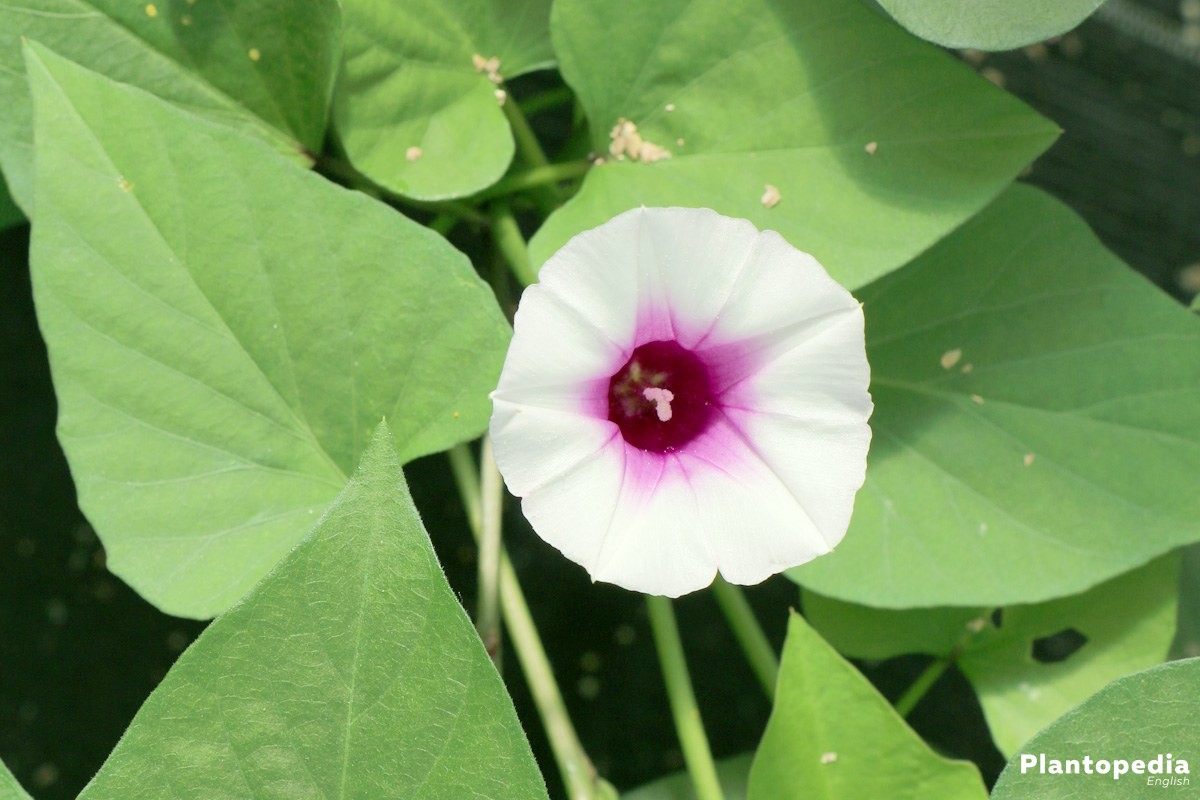
Additionally, add a drainage. Before inserting the substrate, add a layer out of fine grit, little balls of expanded clay or clay shards and cover it with water and air permeating fleece. Compared to the distance regarding the bed, the distance between the plant can be shorter with 20 to 30 cm in order to create an opulent presentation of the plants. Anything else is not differing from the process of the planting in the garden soil.
Watering
As a result of the big blossom and leaf volume, the transpiration rate of a morning glory is on a high level. That is why a regular watering should be a prime focus. Every time, the surface of the substrate dries, you should water. Add the water through a can net slowly but immediately on the root disc.
An overhead rain exposure influences not only the beauty of our morning glories, but increases the infection risk with fungal diseases. In order to prevent the occurrence of water logging, stop adding water as soon the trivet fills or little puddles are forming on the ground.
Fertilizing
A constant nutrition supply encourages blossoming over several months. The supplies of the pre-fertilized substrate are depleted within four weeks. From the middle of June we recommend a weekly adding of liquid fertilizer to morning glories in planting buckets. If the creeping plants thrive in nutrition rich potting soil, the adding of organic or mineral based organic fertilizer covers the needs if added with a distance of 2 to 3 weeks. Please do not forget to generously water after every fertilizing.
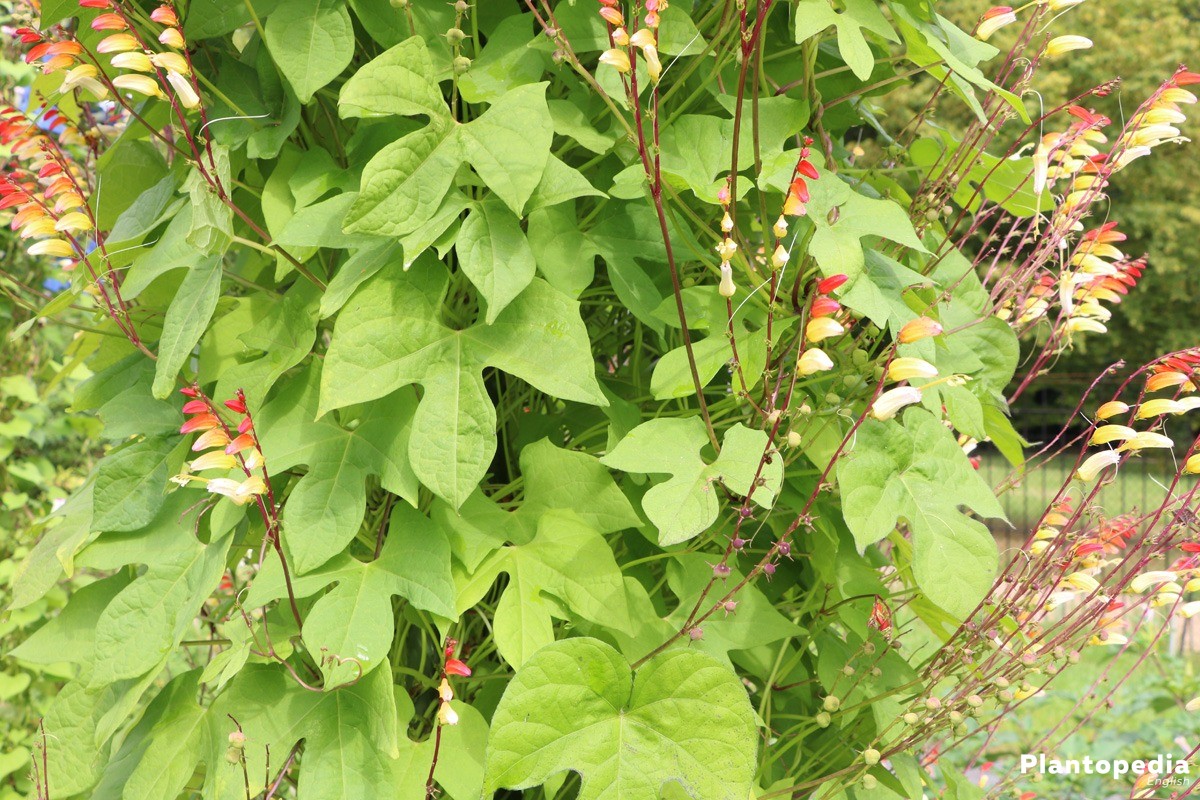
Cutting
One of the manifold virtues of the ipomoea is not least its great tolerance to being cut. Overzealous morning glories can be at every point to form. If the plant incessantly grows up high and neglects and the growth to the side, cut the shoot tips in order to encourage growth of side shoots. Consistent cleaning of withered blossoms encourages a healthy visual presentation of the empress winds.
Hibernation
With a focus on an uncomplicated seeding and a vital readiness for germination, the question about the purpose of hibernation of such a cold sensitive plant is obvious. Whoever can’t get himself to dispose of the ravishing empress wind in the pot or bucket on the compost, can dare the experiment.
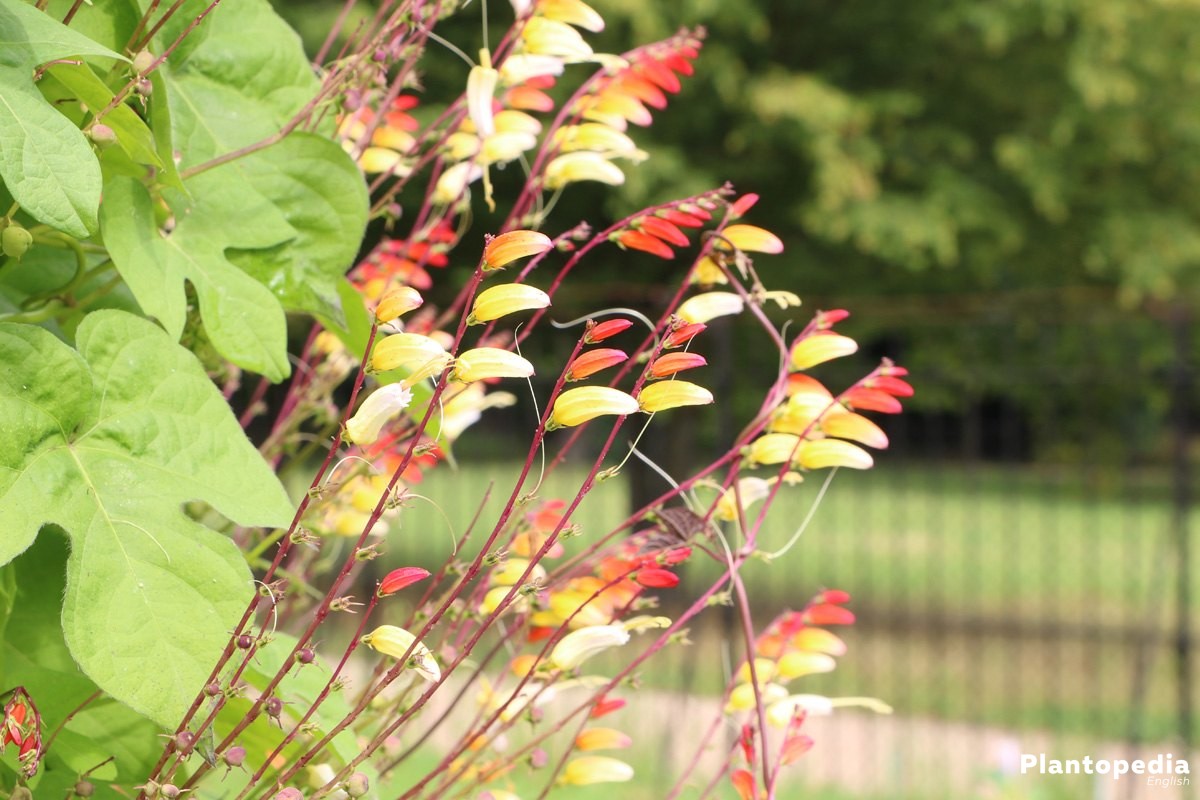
This is how you should proceed:
- with fall temperatures below 15 degrees Celsius, cut back the morning glories
- cut back the vines down to a length of 10 to 20 cm
- store the planters to a bright winter location with temperatures between 10 and 15 degrees Celsius
Until the next spring, only water the plants when the substrate is well dried. Fertilizer should not be added during this time. In April, replant the hibernated funnel wind. Ideally, the plant should be accustomed to sunlight and higher temperatures from the middle of May on a sheltered balcony.
Multiplication
Seeds
If you desire an abundant multiplication of your most beautiful morning glories, do not clean out all of the blossoms. Until autumn, the withered blossoms will transform into ball like fruits with little seeds. The fertile seed stems will properly dry through the winter and be stored in a dark location. In spring, plant the seeds adhering to the guidelines denoted in this care instruction. Please keep in mind possibly poisonous fruits and thus protect yourself with sheltering gloves.
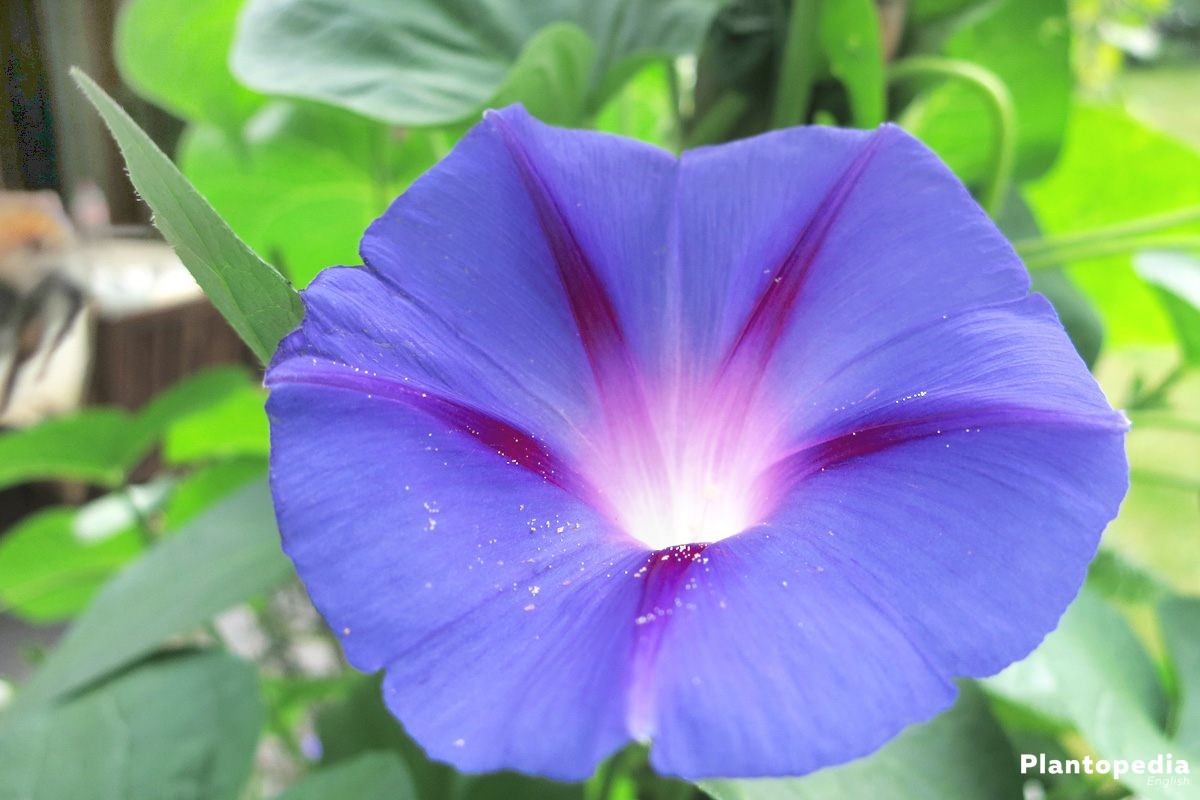
Seedlings
The ipomoea varieties flourish in their own country perennially, so that they are suited for the multiplication by seedlings. For this purpose, cut off vines down to a length of 10 cm to 15 cm during late summer.
This is how to proceed:
- fill little pots with cultivation or standard soil
- defoliate every seedling by half or two thirds
- plant and water with the leaf free part of the shoot
At the half-shady window spot, care the seedlings throughout the winter between 10 to 15 degrees Celsius until they can be planted from the middle of May.
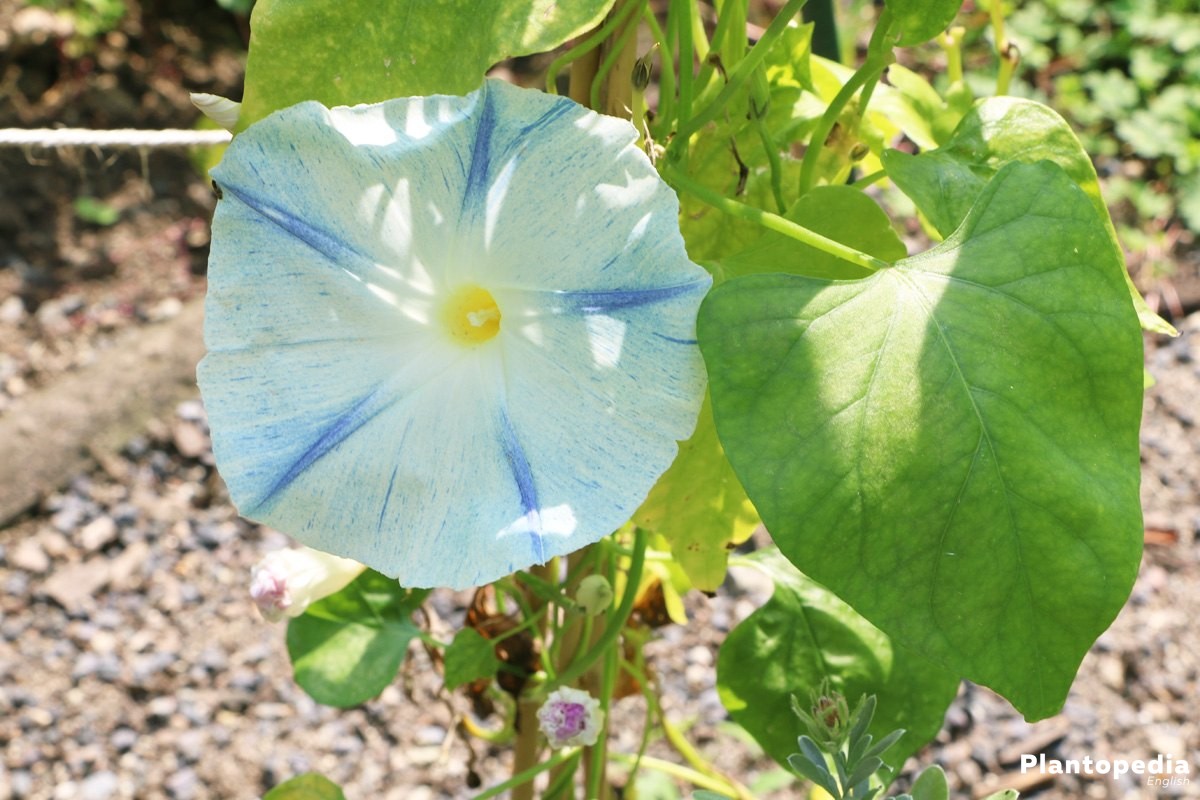
Ipomoea-Varieties
The following selection introduces recommended morning glory varieties and species, which have proven suitable for the cultivation in the garden and the balcony.
Ipomoea tricolor
The one-year creeping plant excites with red lined funnel blossoms during the budding. During the further course of the flowering period, the blossoms will take on a heaven blue color with a white throat.
- Variety “Crimson Rambler”: Red blossoms with a white throat
- Variety “Heavenly Blue”: Heavenly blue blossoms with full 20 cm diameter
Ipomoea imperialis
With its rose red and white blossoms it creates the kind of floral water falls out of hanging baskets and balcony baskets. The green white drawn leaves contrast impressively with its sumptuous flowers.
- Variety “Sunrise Serenade”: Half filled, purple red blossoms
- Variety “Rose Windemeer”: Overtly blossoming with rose colored funnel blossoms.
Ipomoea purpurea
Ipomoea hederacea
Keep an eye out for a morning glory for a little garden and you will find your match with the ivy funnel wind. Its winding are over seeded with 2 to 3 cm small, heavenly blue blossoms and reach a length of 100 to 200 cm. The deep green leaves are three to five lobed, on which the name is based.
Ipomoea lobata
This variety which has its origins in the south of Mexico delivers the ultimate evidence, that ipomoea varieties are not limited to funnel blossoms. The tube-like shaped blossom thrives in thick grapes. For a distinctive color play, the blossoms first appear in red only to later recolor to orange, yellow and white. Its trivial name “Spanish Flag” could not have been chosen more fitting.
Ipomoea quamoclit
The occurrence of this variety has been rather rare in German gardens, which does not seem explicable in light of the distinctive pinna leaves. The red blossoms are 3 to 4 cm long. They open up for a sole day above the needle shaped, thick foliage while the next blossoms are already waiting.
Ipomoea batatas (Sweet potato)
In Asia, this variety is being cultivated as a crop plant. The leaves of this white rose blossoming morning glory can be cooked and eaten like spinach. Contrary to a vast majority of its cohorts, water spinach thrives in moist soil on the edges of a pond or on the side of a creek.
Sweet potato
One other Crop inside the family of Convolvulaceae, finds more and more enthusiasts in Germany. The Sweet potato can be cultivated in the bed or a balcony basket. The roots can be prepared in several ways and taste well if they’re cooked, grilled or steamed. Up until the harvest, the plant trumps with decorative white blossoms and a crimson throat.

